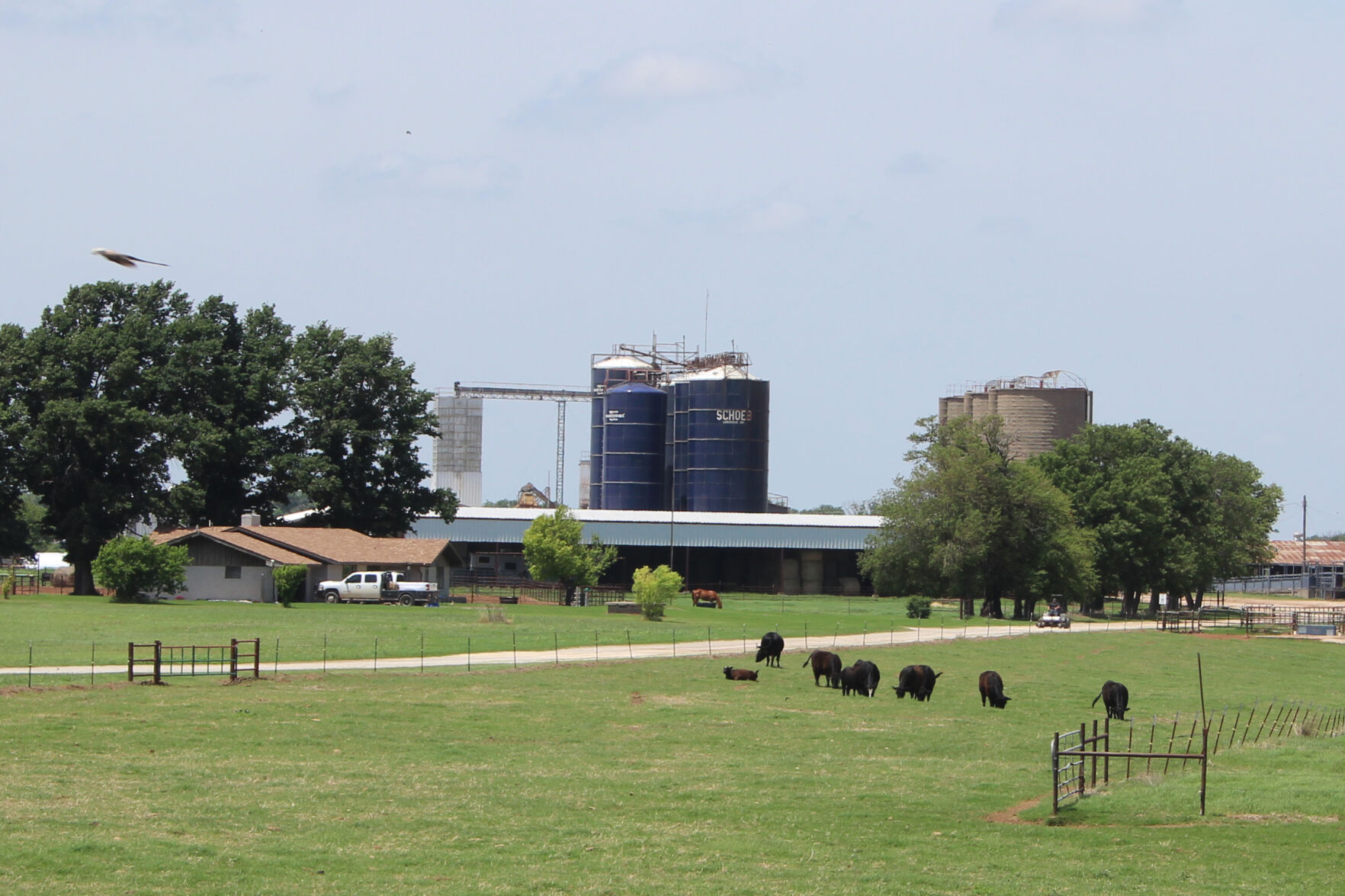Walk up to any bunk, feeder or trough and most people would assume the feed inside is 100% harmless, in fact, it is formulated with the utmost care to meet the nutritional needs of livestock. However, silage—a common feedstuff—can harbor dangerous gases that can seriously injure or even kill those in contact with it if not handled properly.
When green forages are chopped and harvested, they are placed in storage to begin the silage fermentation process. According to Penn State Extension, although fermentation is the goal, when forages are stockpiled, oxygen is limited therefore nitrogen and carbon dioxide are produced, ensuring the retention of high quality silage. Carbon dioxide is an odorless and colorless gas, making it extremely dangerous because the gas replaces the silo’s oxygen. Humans can easily be overwhelmed by the fumes without realizing the invisible threat.
Although carbon dioxide is a concern, nitrogen dioxide, another common gas produced by fermentation, is even more deadly. Renato Schmidt, forage products specialist at Lallemand Animal Nutrition, spoke recently on this subject at a silage basics event hosted by Oklahoma State University Extension in Fairview, Oklahoma.
“Nitrates in silage can be converted to nitrogen dioxide, also called silo gas,” Schmidt said. “These are heavy gases that accumulate in low areas. It has a reddish-brown coloration, smells like bleach and it may stain forage in some cases. I’ve even heard that it can also stain clothes, and when that happens, you are way too close to the gas.”
This gas can be seen hovering around silage or silage storage and can sometimes be mistaken for smoke. Silo gas is most common in corn silage, but can also be present in hay silages. According to Penn State University Extension, silo gas reaches peak levels three days after harvesting and then quickly declines, especially if it is ventilated.
“It isn’t necessarily a threat to animal health, it’s more of a producer safety issue,” Schmidt explained. “If you inhale the gas it’s converted to nitric acid in the lungs, which is the first phase of pulmonary edema—an accumulation of liquid in the lungs. In the worst cases bronchiolitis, which is the scarring and closing of the airways.”
Exposure to silo gas is also called silo-filler’s disease, but the severity of symptoms is dependent on the concentration of inhaled gases. A mild exposure could cause minimal discomfort, while in severe cases death could result from fluid accumulation in the lungs. Symptoms can include: upper respiratory congestion, watery eyes, cough, difficulty breathing, fatigue, nausea, burning, chills and fever.
“A friend of mine is a survivor of silo gas,” Schmidt said. “After he had contact with silo gas, he woke up later that night coughing blood and he said he could barely breath. He had to go to the hospital and be put on oxygen. If you have any exposure to this gas at all, you need to go directly to the hospital.”
Penn State Extension recommends that individuals experiencing silo-filler’s disease symptoms near a freshly filled silage container immediately move to an area with fresh air and consult a doctor as soon as possible to report the exposure. The effects of silo gas poisoning in the lungs may not fully present until several hours post exposure, which could be too late for treatment.
To prevent an exposure to both carbon dioxide and nitrogen dioxide, it is recommended that no one enter a silo for two to three weeks after filling. However, if the silo must be entered, ventilation is key. Allowing oxygen to air out a silo while humans are working dilutes the toxic gases and lessens the chance of an exposure. Penn State Extension indicates children should be watched with extra care near silage when it is more likely to have high concentrations of gases.
It is recommended workers wear a self-contained breathing apparatus near silage during the most dangerous phase of the fermenting process to protect them from gases if they must enter. According to Penn State Extension, dust masks and chemical cartridge respirators will not protect humans from these deadly gases. Portable gas monitors can be used to test from nitrogen dioxide and oxygen levels. As a general rule, never work around a silo without another person present in case of an emergency or exposure to silo gas.
Lacey Newlin can be reached at 620-227-1871 or [email protected].




